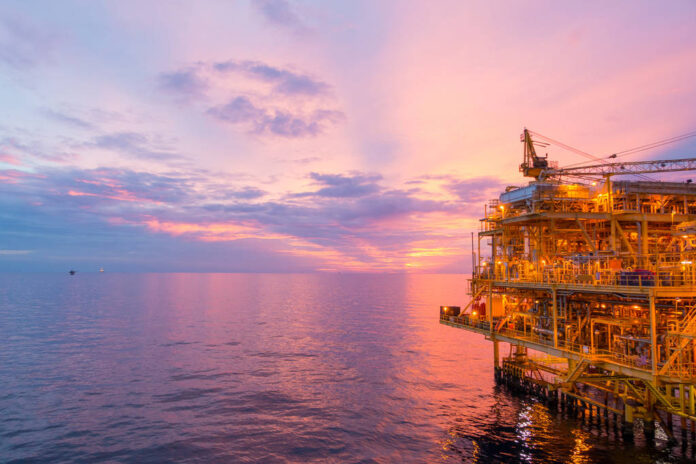
Mooring is the process of securing a vessel to a stationary object or the seabed.
A mooring is a permanent anchor point to which a vessel may be secured. Moorings are commonly used in harbors, and on rivers and canals with strong currents.

There are various types of mooring systems, including chain, wire, and rope moorings.
A mooring is a permanent anchor point to which a vessel may be secured. There are three primary types of moorings: chain, wire, and rope. Each has its own advantages and disadvantages, which must be considered when selecting the best option for a particular application.
- Chain moorings are the strongest and most durable, but also the heaviest and most expensive. They are typically made of galvanized steel or stainless steel and can range in diameter from half an inch to two inches. Chain moorings should be used in areas with high winds and strong currents, as they are able to withstand considerable force without breaking.
- Wire moorings are lighter than chain moorings but not as strong. They are typically made of galvanized steel or stainless steel wire rope and can range in diameter from quarter of an inch to one inch. Wire moorings should be used in areas with moderate winds and currents, as they can break under extreme force.
- Rope moorings are the lightest and least expensive option, but also the weakest. They are typically made of nylon or polypropylene rope and can range in diameter from quarter of an inch to one inch.
For more information you can read through this link: https://www.franklin.com.sg/mooring.
Moorings are typically used to keep a vessel in one place during bad weather or when it is not in use.
Moorings are usually seen as a large ring or post that is driven into the seafloor to which a vessel is then moored. Moorings are typically used in areas of high current or wave action to keep a vessel from moving. In calmer waters, moorings can be used to keep a vessel in one place during bad weather or when it is not in use. Moorings can also be used for temporary tie ups, such as at a dock or pier.
Proper mooring is essential to the safety of both the vessel and its crew.
Mooring is the process of securing a vessel to a dock, pier, buoy or similar fixture. It is essential to the safety of both the vessel and its crew. Improper mooring can result in serious damage to the vessel and injuries to its occupants.
There are several factors to consider when mooring a vessel. The first is the type of fixture to which the vessel will be secured. docks, piers and buoys are all common options. Each has its own advantages and disadvantages that must be considered.
The second factor is the type of mooring line to be used. There are many different types of lines available, each with its own strengths and weaknesses. The most important consideration is whether the line is strong enough to hold the vessel in case of bad weather or other unexpected conditions.
Once these two factors have been considered, it is time to secure the lines. This process will vary depending on the type of line being used and the fixture being secured too. In all cases, however, it is important to use proper knots so that the lines do not come loose during bad weather or other unexpected conditions. Mooring a vessel properly is essential to its safety and that of its crew.
Improperly secured vessels can break free and cause damage or injury.
The Dangers of an Unsecured Vessel
It is estimated that each year there are hundreds of incidents in which an unsecured vessel breaks free and causes damage or injury. In many cases, the damage is minor and the boat is quickly recovered. However, there are also a significant number of cases in which serious injuries or even fatalities occur.
There are a variety of reasons why an unsecured vessel may break free, but the most common is simply that it was not properly secured in the first place. This can happen due to a variety of factors, including poor weather conditions, waves, currents, or simply because the boat was not properly tied down. In some cases, boats have even been known to break free from their moorings due to collisions with other vessels.
Whatever the cause, an unsecured vessel can pose a serious danger to both people and property. It is important to take steps to ensure that your boat is properly secured at all times, especially if it is located in an area where there is potential for high winds or strong currents.











